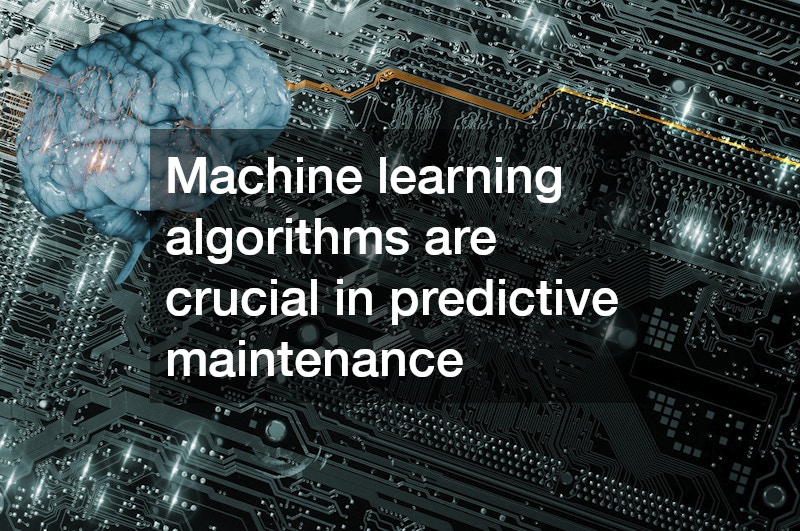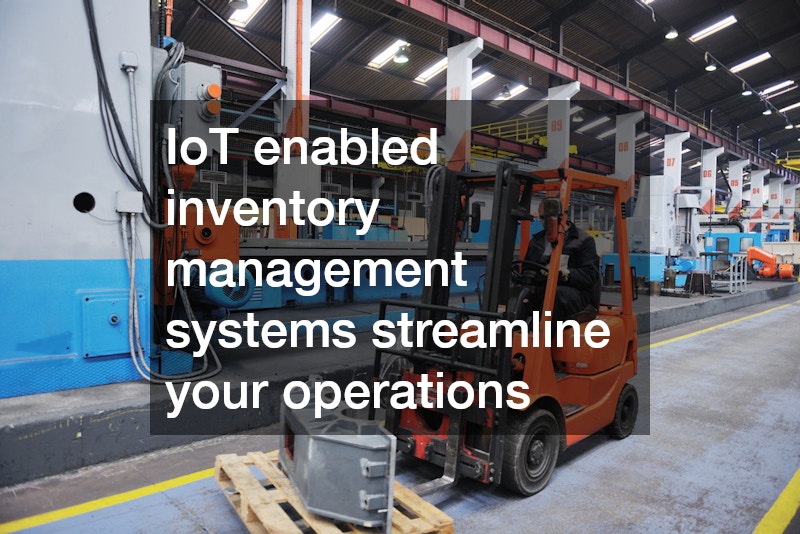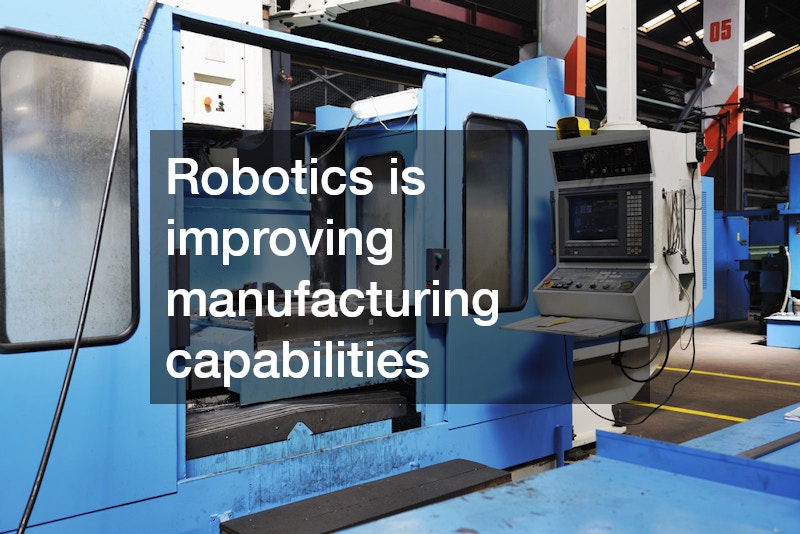Technological advancements are redefining how businesses innovate and operate in today’s fast-changing corporate landscape. This article examines the latest engineering innovations that are making their way to corporate America. It also looks at their potential and impact across different sectors.
1. AI and Machine Learning Advancements
A. AI-driven automation
Artificial Intelligence has revolutionized engineering in corporate environments by automating repetitive work and augmenting the capabilities of humans. AI-powered manufacturing systems optimize production processes, predict maintenance requirements, and optimize supply chain management. This reduces downtime and operational cost. Predictive maintenance algorithms, for example, analyze large amounts of data collected from IoT sensors to predict equipment failures. This allows preemptive repairs, and improves overall equipment effectiveness.

AI’s capability to analyze large datasets enhances the decision-making process at all levels. Machine learning algorithms can quickly analyze market trends, customer behaviour patterns, and operational inefficiencies. This allows executives to make data-driven decisions that will drive growth and competitive edge. AI allows corporations to improve their operational efficiency and create new opportunities for innovation.
Machine learning for predictive maintenance
Machine learning algorithms are crucial in predictive maintenance. They analyze equipment performance data and predict potential failures. This proactive approach reduces unplanned downtime and maintenance costs while extending the life of critical assets. AI algorithms can be integrated into fleet maintenance schedules to optimize routes using real-time data. This will maximize operational efficiency and increase customer satisfaction.
C. Enhancing decision-making processes
AI profoundly impacts the decision-making process, extending beyond operational efficiency and into strategic planning and risk mitigation. AI-driven analytics can provide deeper insights on market trends, customer preferences, and competitive landscapes by analyzing large datasets and identifying relationships that are not always apparent to humans. Businesses can anticipate market changes, adjust their strategies proactively and seize emerging opportunities.
2. IoT Technology for Operational Efficiency
A. Smart sensors for real-time data collection
The Internet of Things has revolutionized corporate engineering. It connects physical devices embedded in sensors, allowing them to exchange and collect data in real-time. Smart sensors in manufacturing monitor the performance of equipment, environmental conditions, and product quality metrics. This allows for proactive maintenance and process improvement. In food processing plants, IoT sensors can track temperatures, humidity levels and product flow to ensure compliance with regulatory standards.
Integration of IoT with existing corporate platforms such as Enterprise Resource Planning and Customer Relationship management (CRM) enhances data transparency and operational transparency. Businesses can gain valuable insights by aggregating and analyzing real-time data. This allows them to make informed decisions and respond quickly to changing market conditions.

B. B. Integration with existing corporate systems
Case studies from various industries demonstrate successful IoT implementations. In retail, IoT enabled inventory management systems track customer preferences and merchandise levels automatically, optimizing marketing and stock replenishment efforts. In healthcare, wearable IoT monitors patients’ vital signs from a distance, enabling early interventions and personalized treatment plans. These applications highlight the role of IoT in improving operational efficiency, enhancing customer experience, and driving innovations across various sectors.
C. Case studies demonstrating successful implementation
The impact of IoT on logistics and supply chains is a notable example. Companies can use IoT-enabled transloaders to track cargo in real time, optimize routes according to traffic and weather conditions, and ensure timely deliveries. This not only improves customer satisfaction but also reduces transport costs. IoT security systems, such as advanced doors with IoT sensors that monitor access points and detect unauthorized entry, enhance facility safety.
3. The role of 5G technology in engineering technologies
A. A.
The introduction of 5G technology will revolutionize corporate engineering, enhancing communication infrastructures with unprecedented speed and reliability. 5G networks are used in industries like telecommunications, logistics, and finance to transmit data in real-time, enabling seamless connectivity and faster decision-making. 5G networks, for example, are a key component of smart city initiatives. They facilitate interconnected systems from traffic management to environmental monitoring, thereby improving urban efficiency.
B. Remote monitoring and operation
5G’s low latency and high bandwidth capabilities enable corporations to implement remote monitoring and operations solutions. 5G allows remote monitoring in sectors such as energy and utilities like vented roofs with IoT sensor to assess structural integrity. This remote capability improves safety compliance and operational efficiencies by reducing the need for site inspections.
Future possibilities of 5G technology
In the future, 5G will be used for various applications, such as augmented reality for training and remote assistance, autonomous vehicle communications for logistics and immersive virtual experiences in product design and marketing. These advances will not only accelerate innovations but also drive economic development by unlocking opportunities and new business models in sectors from healthcare to entertainment.
4. Use of advanced robotics in corporate operations
A. Collaborative Robots at Work
Robotics is transforming corporate operations, and collaborative robots are among the most advanced. They automate repetitive tasks while improving workplace safety. Cobots perform intricate assembly tasks alongside humans efficiently and precisely. Cobots are used to streamline manufacturing lines in the production of hazardous materials. They also reduce ergonomic strain for workers. In warehousing, AMRs improve inventory management, order fulfillment, and operational agility, while increasing customer satisfaction. These machines are subject to restrictions and require training, especially in the case of OSHA.
Beyond assembly line automation and flexible production systems, robotics is improving manufacturing capabilities through additive manufacturing (3D-printing) and robotics. In the aerospace and automotive industries, for example, 3D printing technology allows rapid prototyping, which reduces lead times and production costs. Robotics can also facilitate mass customization through the integration of AI algorithms.
B. Robot integration challenges
Integration of advanced robotics in corporate operations is not without its challenges. These include high initial costs, complexity and readiness of the workforce. Companies must invest in specialized programs to improve employee skills in programming and maintaining robots. For a successful robot deployment, it is also important to ensure compatibility with the existing infrastructure and address regulatory compliance. Overcoming these challenges will lead to increased operational efficiency, better product quality and competitive advantages on the global market.

5. Additive Manufacturing (3D printing) in Product Design
A. Rapid prototyping & product iteration
Additive manufacturing (also known as 3D Printing) is revolutionizing the product development process by enabling rapid prototypes and iterative designs. 3D printing, unlike traditional manufacturing methods that require expensive tooling and lengthy lead times, allows engineers to produce complex prototypes from digital designs. This agility speeds up innovation cycles, allows for design iterations that are based on feedback in real time, and reduces the time to market of new products, ranging from consumer electronic devices to biomedical device.
B. Customization of products and production on demand
Additive manufacturing has the ability to customize and produce on demand. From customized concrete components for architectural purposes to bespoke medical implants, companies can create personalized products tailored to customers’ individual preferences. This technology not only increases customer satisfaction, but also reduces waste and excess inventory. It contributes to sustainable business practices. Decentralizing production via distributed 3D-printing facilities allows corporations to optimize logistics in the supply chain and reduce risks associated with global disruptions.
C. Cost reductions and efficiency improvements
Additive manufacturing, in addition to offering flexibility, customization, cost savings, and efficiency improvements, offers significant cost savings. Companies can reduce waste by consolidating complex assemblies and streamlining assembly processes. Aerospace and automotive industries can benefit from lightweight, durable 3D printed parts that contribute to fuel economy, while the medical industry benefits from anatomical models and customized prosthetics. Additive manufacturing technologies are evolving, and their integration into corporate engineering strategy promises to continue advancements in product development, manufacturing efficiency, sustainability, and innovation.
6. Blockchain Technology for Corporate Security and Data Integrity
A. Smart contracts and secure transactions
Blockchain technology revolutionizes corporate security through secure transactions, enhanced data integrity and decentralized digital ledgers that are resistant to tampering. Blockchain technology enables transparent, traceable transactions in finance and supply-chain management sectors. This reduces fraud and increases trust between partners. Blockchain-powered smart contracts automate contract agreements and enforce conditions without intermediaries. They streamline processes and reduce administrative costs. Blockchain can be used to verify policyholder data and process claims in Business Insurance.
B. Tracking the supply chain and verifying authenticity
Blockchain’s unalterable ledger guarantees authenticity and provenance throughout the entire supply chain. This includes raw materials sourcing, final product delivery, and even the origin of the goods. Companies can ensure product authenticity and compliance with regulatory standards by recording every transaction and transfer on the blockchain. Transparency builds trust with consumers and improves the reputation of brands, especially in industries like luxury goods, pharmaceuticals and food safety.
C. Blockchain’s role in data privacy
Data privacy is of paramount importance to corporations that handle sensitive information. Blockchain technology increases data privacy through cryptographic security and data decentralization. Blockchain distributes data over a network of nodes to ensure no single-point failure. Decentralization reduces the risk for data breaches and unauthorized entry, while adhering to strict data protection regulations like GDPR (General Data Protection Regulation), in Europe. Blockchain-based solutions allow corporations to safeguard confidential data and protect user privacy while minimizing legal and reputational risks associated with data breaches.
7. Cloud Computing for Corporate Engineering and Data Management
A. Scalability of IT infrastructure
Cloud computing has revolutionized corporate engineering, offering IT infrastructures that are scalable and flexible to meet business requirements. Cloud platforms are available to startups and multinational corporations alike, providing on-demand computing resources, applications, and storage without the need to invest in hardware up front. Scalability allows businesses to scale operations quickly, adapt to fluctuating workloads and launch new products more efficiently. Cloud-based services also facilitate global collaboration, remote work, and agile workflows, enhancing productivity among distributed teams.
B. B. Enhanced Collaboration Tools and Services
Cloud computing facilitates collaboration by integrating communication and project management software. Cloud-based services for IT network management, for example, centralize network monitoring and troubleshooting across multiple locations. This ensures network reliability and continuity. Cloud-hosted collaboration platform enables real-time document-sharing, video-conferencing, and collaborative editing, facilitating cross-functional teamwork and innovation across diverse industries, from architecture to digital marketing.
C. Disaster recovery and business continuity
Cloud computing increases corporate resilience through robust disaster recovery and business continuity solutions. Cloud-based DRaaS, Disaster Recovery as a Service, replicates data and applications on remote servers to ensure rapid data recovery if hardware fails, natural disasters or cyberattacks occur. This proactive approach minimizes operational disruptions and protects the reputation of your company. Cloud-based BC strategies also enable seamless transitions to remote environments during emergencies. This ensures uninterrupted service delivery and employee security.
8. Big Data Analytics Driving Engineering Innovtion
A. Recognizing trends and patterns
Big Data analytics allows corporations to gain actionable insights, uncover hidden trends and predict future market dynamics. In manufacturing and engineering, predictive analytics uses machine learning algorithms in order to optimize production, forecast demand fluctuations and anticipate maintenance needs. In architectural concrete production, for example, big data analyses environmental factors, material characteristics, and construction methods to improve durability, aesthetics and sustainability.
B. B.
By prioritizing regulatory compliance, customer preferences and performance metrics, data-driven product design has revolutionized corporate engineering. Companies can tailor their products to meet changing consumer needs and industry standards by integrating feedback loops into iterative design process. Big data analytics, for example, optimizes panel placement in solar installation based on geographic location, weather patterns and customer energy profiles. This precision increases system efficiency, lowers installation costs, and speeds up return on investment.
C. Enhancing the customer experience through data
Big data analytics allows for personalized customer experiences, such as targeted marketing campaigns, customer service predictions, and product suggestions. Corporations can anticipate consumer needs by analyzing the behavior of consumers across digital platforms and IoT. They can also optimize product offerings and increase brand loyalty. Big data analytics can be used, for example, to improve service reliability and customer retention in Internet provider Services by analyzing network performance metrics, customer satisfaction ratings, and usage patterns.
9. Sustainable Engineering Technology: New Developments
A. Renewable Energy Solutions in Operations
Renewable energy sources such as wind, solar and geothermal are part of sustainable engineering, reducing carbon footprint and dependence on fossil fuels. Businesses can achieve energy independence and lower operating costs by integrating solar power into their facilities. They also comply with environmental regulations. Solar panels on top of manufacturing facilities, for example, generate clean electricity that powers production processes and contributes to sustainable development goals.
B. Energy-efficient building designs
Energy-efficient buildings prioritize resource conservation, indoor quality and occupant comfort with innovative HVAC (Heating Ventilation and Air Conditioning) and architectural systems. The use of architectural concrete that is designed for durability and thermal insulation reduces energy consumption both in residential and commercial constructions. Ventilated roof designs also improve natural ventilation, reduce cooling requirements, and enhance building sustainability.
C. Sustainable manufacturing practices
Sustainable manufacturing practices reduce waste, maximize resource use, and promote circular economy principles. Transloaders, for example, facilitate bulk material transfers with minimal packaging waste. This reduces transportation costs and impacts the environment, while promoting a Sustainable Building Design. Companies can improve their production efficiency and reduce environmental risks by adopting eco-friendly products and lean manufacturing methods. They also align themselves with global sustainability initiatives, such as the United Nations Sustainable Development Goals.
10. Digital Twins to Improve Engineering Efficiency
A. Real-time Simulation and Analysis
Digital twins are virtual replicas of physical systems or assets, which enable real-time analysis, simulation, and optimization. Digital twins simulate asset behavior under different scenarios by capturing and analyzing data from IoT sensors and operational workflows. They predict performance metrics and inform proactive maintenance strategies. In automotive manufacturing, for example, digital twins can simulate production lines to maximize workflow efficiency, reduce downtime and ensure quality throughout the assembly process.
B. Optimising asset performance and maintenance
Digital twins improve asset management by monitoring equipment condition, performance metrics and operational efficiency metrics. In aerospace engineering, for example, digital twins can simulate aircraft components to optimize fuel efficiency and ensure regulatory compliance. Integrating AI algorithms with historical data allows corporations to achieve predictive maintenance capabilities. This reduces maintenance costs and extends asset lifespan while maximizing operational uptime.
C. Product life cycle management
Digital twins enable comprehensive product lifecycle management, from conception to disposal at the end of its useful life. They promote sustainability and innovation. Simulating product performance under diverse conditions and scenarios helps corporations refine product features and optimize materials while also accelerating time-to-market. Digital twins also enable remote monitoring, troubleshooting and product support, ensuring seamless customer satisfaction and seamless product support. This holistic approach to the development of products enhances engineering efficiency and fosters continuous improvements, strengthening competitive advantage on global markets.
The integration of advanced engineering technology into corporate America has reshaped industries in manufacturing, logistics, finance, and healthcare. By embracing these transformative technologies in their business, corporations not only ensure the future of their operations but also pave a path for a more intelligent, interconnected, and sustainable future.


